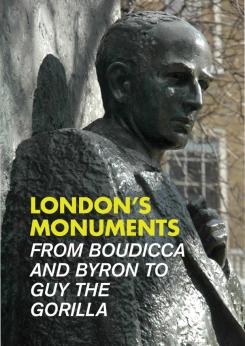Francis Bacon, Viscount St Albans (1561-1626)

Saturday April 9th is the death day of one of this country's greatest philosophers. Below are the details taken from London's Monuments concerning Bacon's life and his London monument.
South Square, Gray's Inn, WC1,
Sculptor F.W. Pomeroy, Coade Stone, 1912
Francis Bacon’s reputation rests upon his achievements as a philosopher who advocated the use of scientific methods, observation and deduction to determine knowledge and truth. He argued against the abstract reasoning of Aristotle and in this way helped establish the philosophical ground upon which men such as Newton and Faraday could prosper. Bacon’s life did not match the clarity and purity of his writings. His father was a successful member of the legal establishment and Francis was born within walking distance of this statue, but when his father died in 1579 his estate was divided between his five sons. Francis had extravagant tastes and despite becoming a barrister and member of court he was imprisoned briefly for debt in 1598. Ambition and lack of money led him to betray his friend and patron, the 2nd Earl of Essex, in order to gain a position in court and even helped in the prosecution which led to the hapless earl’s execution in 1601. Bacon became a favourite of James I and was made Lord Chancellor in 1618, but was dismissed for corruption in 1621. He was barred from office and spent the last years of his life writing. In 1626, while attempting to preserve the carcass of a chicken using snow – pre-empting Birdseye by several centuries – he contracted pneumonia and died. Gardening was another of Bacon’s interests and he did much work in the garden surrounding this monument, including, it is claimed, the planting of the Catalpa Tree which can still be found here today. There is a smaller monument to Bacon on the 2nd floor of City of London School, Victoria Embankment.
This monument is one of over 200 featured in the latest edition of London's Monuments.





